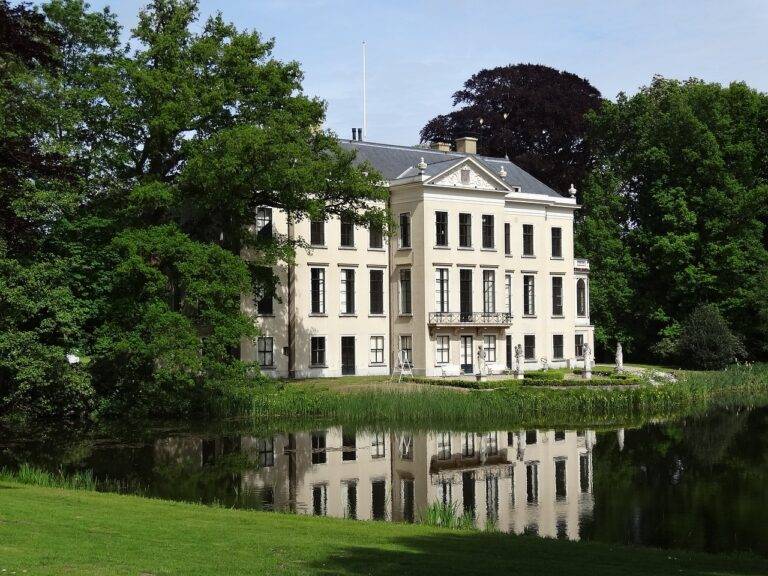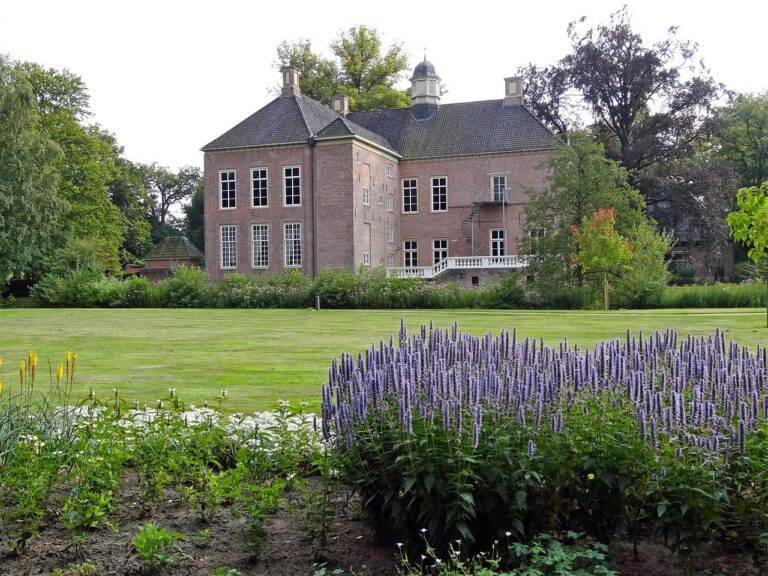Sustainable Home Exterior Maintenance: Eco-Friendly Tips for Curb Appeal
When selecting materials for exterior renovations, it is crucial to prioritize sustainability and environmental impact. Opting for materials that are recycled, recyclable, or sourced from renewable resources can significantly reduce the ecological footprint of your project. Additionally, choosing durable materials that require minimal maintenance can help prolong the lifespan of your renovation, further reducing waste and resource consumption.
Natural materials such as reclaimed wood, bamboo, and stone are excellent choices for environmentally-friendly exterior renovations. These materials are not only visually appealing but also have a lower impact on the environment compared to traditional options. Furthermore, incorporating energy-efficient features such as insulated siding, low-E windows, and reflective roofing can enhance the sustainable attributes of your renovation while also reducing long-term energy costs.
Implementing Water Conservation Techniques in Landscape Design
When designing a landscape, it is crucial to consider water conservation techniques to minimize water usage and promote sustainability. One effective method is to incorporate native plants that are well-adapted to the local climate and require less water compared to exotic species. This not only reduces the need for frequent watering but also helps in maintaining a healthy ecosystem.
Another strategy is to install a drip irrigation system that delivers water directly to the roots of plants, minimizing evaporation and runoff. By utilizing this targeted approach, you can ensure that water is efficiently utilized where it is needed the most, promoting plant growth while conserving water resources.
Why is it important to implement water conservation techniques in landscape design?
Implementing water conservation techniques in landscape design helps reduce water usage, lowers utility bills, and minimizes environmental impact by preserving natural resources.
What are some examples of water conservation techniques that can be incorporated into landscape design?
Some examples include installing drip irrigation systems, using drought-tolerant plants, adding mulch to retain moisture, and incorporating rainwater harvesting systems.
How can choosing environmentally-friendly materials for exterior renovations help with water conservation?
By using materials such as permeable pavers, native plants, and recycled materials, you can reduce water runoff, support local ecosystems, and minimize the need for irrigation.
What are the benefits of incorporating water conservation techniques into landscape design?
The benefits include reducing water waste, promoting sustainable practices, creating a more resilient landscape, and enhancing the overall beauty and functionality of outdoor spaces.





